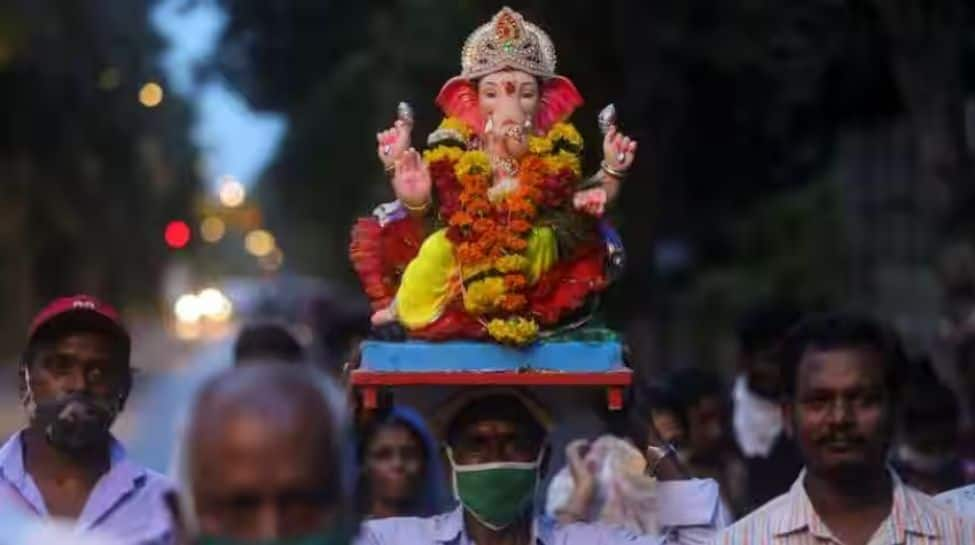Ganesh Chaturthi, one of India’s most beloved festivals, celebrates the birth of Lord Ganesha, the elephant-headed deity of wisdom, prosperity, and new beginnings. Over the years, the way this festival is celebrated has evolved dramatically, reflecting India’s changing cultural, social, and political landscape. From private family rituals to grand public spectacles, the festival has grown in scale and significance, becoming a symbol of unity, devotion, and cultural pride.
Ancient Beginnings of Ganesh Chaturthi: A Private Affair
Ganesh Chaturthi has its roots in ancient India, where it was traditionally a private, household celebration. Families would install small clay idols of Lord Ganesha in their homes, perform simple rituals, offer sweets, and pray for prosperity and the removal of obstacles. These celebrations were intimate, centered around family and close friends, reflecting a personal connection to the deity.
The Rise of Public Ganesh Chaturthi Celebrations: Bal Gangadhar Tilak’s Vision

The transformation of Ganesh Chaturthi from a private festival to a public celebration began in the late 19th century, during India’s struggle for independence. Freedom fighter Bal Gangadhar Tilak, recognizing the festival’s potential to unite people across social and economic lines, popularized the idea of public Ganesh Utsavs in Maharashtra. In 1893, Tilak organized large, community-based celebrations to foster a sense of national unity and cultural pride among Indians.
These public events became platforms for patriotic songs, speeches, and performances that subtly promoted India’s fight against British colonial rule. Tilak’s vision gave Ganesh Chaturthi a new dimension, turning it into a symbol of resistance and solidarity, and forever changing how the festival was perceived and celebrated.
Modern-Day Ganesh Chaturthi Spectacles: Grandeur and Innovation
Today, Ganesh Chaturthi is celebrated with unmatched grandeur across India, particularly in states like Maharashtra, Karnataka, and Gujarat. Cities like Mumbai become the epicenter of the festival, with massive pandals set up to host gigantic and elaborately decorated idols of Lord Ganesha, some reaching up to 20 feet tall. These pandals often reflect social themes, current events, or environmental messages, making each installation unique and thought-provoking.
The festival’s modern celebrations are characterized by processions, dance, music, and a sense of community involvement. Competitions for the best idol, the most creative pandal, and the most eco-friendly practices have become common, reflecting a blend of tradition and contemporary culture.
Eco-Friendly Ganesh Chaturthi Initiatives: A New Wave of Conscious Celebrations

In recent years, there has been a growing awareness of the environmental impact of Ganesh Chaturthi, particularly regarding the immersion of idols made of non-biodegradable materials in water bodies. To address these concerns, many communities have shifted towards using eco-friendly idols made of clay, natural dyes, and biodegradable materials. These initiatives are aimed at preserving the sanctity of the festival while protecting the environment.
Eco-friendly Ganesh Chaturthi celebrations now often include community clean-up drives, awareness campaigns, and workshops on sustainable practices, reflecting a responsible approach to festival traditions.
The Global Spread: Ganesh Chaturthi Beyond India
Ganesh Chaturthi has transcended national borders and is celebrated by Indian communities worldwide. From the United States and Canada to the UK, Australia, and the Middle East, the festival is a vibrant reminder of Indian culture and tradition. International celebrations often blend traditional Indian customs with local influences, creating a unique, multicultural experience.
Ganesh Chaturthi 2024: A Festival of Unity and Cultural Pride
Ganesh Chaturthi’s evolution from a private, home-based celebration to a grand public event showcases its enduring appeal and adaptability. It is not just a religious festival; it is a cultural phenomenon that unites people across social, economic, and geographical divides. Whether in a modest household setting or a bustling city street, the essence of Ganesh Chaturthi remains the same: a celebration of devotion, community, and the spirit of overcoming obstacles.
As the festival continues to evolve, it retains its core values of faith, unity, and joy, making Ganesh Chaturthi not just a celebration of a deity but a vibrant expression of India’s cultural heritage.


































